




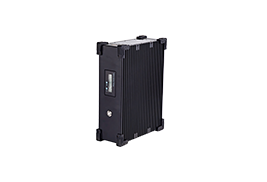

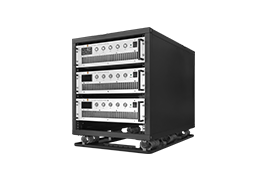
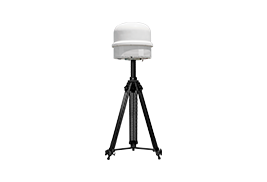

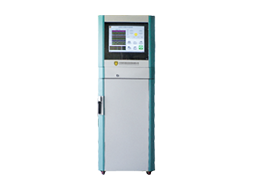


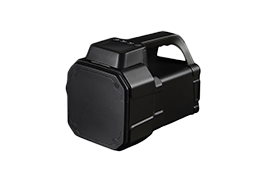
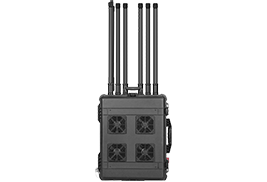
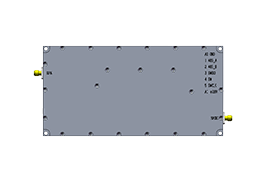
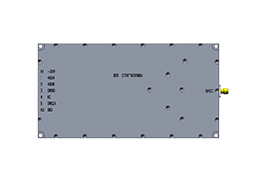
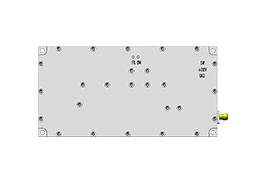
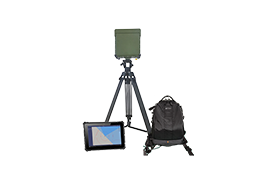

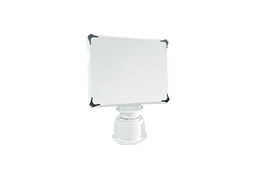
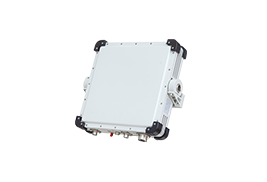



 X
X







 GLOBAL / ENGLISH
GLOBAL / ENGLISH

The stealthy nature of modern eavesdropping devices often makes them hard to detect without specialized equipment. Wireless signal detectors play a pivotal role in discovering these hidden threats, utilizing advanced technology to ensure personal and organizational security.
Detection Techniques
Non-Linear Junction Detection: Some advanced signal detectors include non-linear junction detector (NLJD) capabilities, which can detect electronic components regardless of whether the device is active or turned off. This is particularly effective against eavesdropping devices as it can locate semiconductors used in all electronic gadgets.
Broad Spectrum Analysis: These detectors analyze a broad spectrum of frequencies to identify not only known communication signals but also anomalous frequencies that could indicate tampering or unusual electronic activity. This is crucial for identifying sophisticated espionage equipment that might operate outside conventional frequency bands.
Integration with Other Technologies: Modern signal detectors often integrate with other technologies like thermal imaging to identify unusual heat signatures from electronic devices or AI algorithms to distinguish between benign and malicious signals more effectively.
Challenges and Solutions
Detecting eavesdropping devices is not without challenges, such as devices designed to evade detection by using very low power signals or hopping between different frequencies. Advanced signal detectors address these challenges by using more sensitive receivers, employing wider scanning ranges, and updating detection algorithms to adapt to new spying technologies.
Wireless signal detectors are invaluable in today’s high-tech world, offering the means to maintain privacy and secure confidential information against sophisticated electronic surveillance methods. Their ability to detect a wide range of signals makes them essential in both personal and professional security setups.












